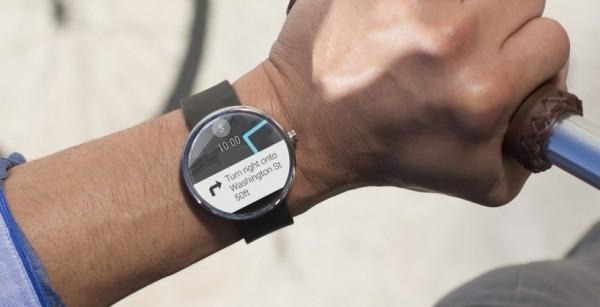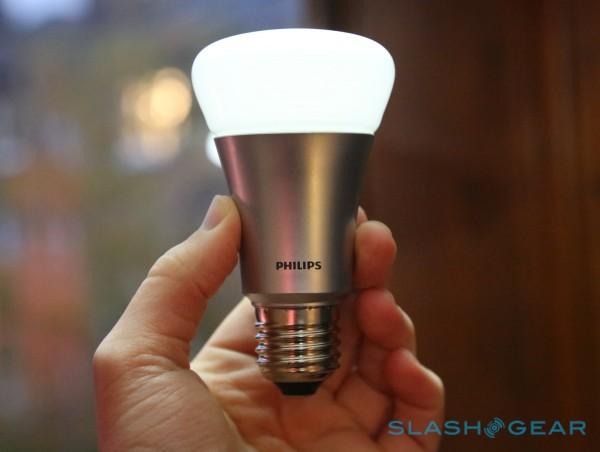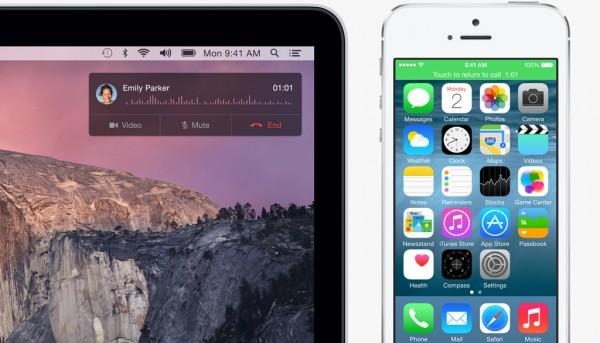It's time for a new breed of Notifications
The digital world is hungry for your eyeballs, and the tools we have to manage and mitigate those potential distractions and filter through the most valuable information are looking increasingly inadequate. How many times has your smartphone buzzed or beeped in your pocket in the last five minutes? The demands on our attention are only going to get more frequent, and it's time for a new breed of notification to address that.
Many people are already at near-saturation point with their smartphones alone. Calls for attention have increased exponentially since the days when phones handled calls and text messages alone, with apps like Facebook, Twitter, Google+, Tumblr, WhatsApp, and many more each filling the notification pane with their own chatter.
That's with just one device, however: with the rise of the Internet of Things (IoT) – itself an umbrella term for a cornucopia of gadgets with various degrees of "smartness" – the constant flow is going to become a flood, and one that the existing ways of handling notifications isn't set up to cope with.
Instead of the blunt demands for our eyeballs we have today, I'd argue we need a more granular breed of notifications, something I'm going to call Contextual Micro-Alerts (or CMAs, since I'm a sucker for an acronym).

Google had an opportunity to lead the change with Glass. The wearable's biggest potential value, I believe, was in bringing notifications to the eyeline, allowing them to be consumed passively with none of the physical movement involved in pulling out a phone or even checking your wrist.
Notifications are hard to market, however, particularly with people still familiar with them as gateways to action. Google, as a result, had to add more obvious features to Glass, putting the emphasis on the integrated camera and plunging the wearable into issues of privacy and societal acceptance. What could've been a deeply personal way of interacting with the digital world became instead a signifier of eroding boundaries.
Recently I wrote about some of the applications I could envisage for Glass, how they might encourage greater adoption, like just-in-time guidance on changing traffic signals for pedestrians, or socially-curated points of interest. Some pointed out to me that the sort of apps I was describing could just as easily run on a phone or smartwatch.

While those form-factors are certainly more accepted, they're not necessarily the right place for Contextual Micro-Alerts. The key differences between traditional notifications and CMAs are their need for response from the user, and the frequency with which they arrive.
Smartwatches so far have struggled in part because for the most part they simply shift the phone's notification bar to the wrist. Very little of what arrives on that smaller screen, then, can be actually acted upon without pulling out the connected phone itself. It's a sub-par way of handling real-time information, and it's no surprise that people are wary when you tell them they'll be getting more notifications in future.
Erode that sense of distraction, however, by piping CMAs to the most appropriate screen and intending them to be passively-consumed, and the intimidation factor is reduced.

Head-mounted wearables are only one possible venue for their display. The IoT and the smart home offers a vastly greater number of opportunities, only a fraction of them being screens. Rudimentary light-based alerts with systems like Philips hue and IFTTT can more discretely deliver reminders about upcoming deadlines, weather reports, your Uber pulling in at the end of the street, or an automatic change in your thermostat temperature.
The usefulness of the IoT will increase as proximity is used: repurposing the capabilities of whatever connected device you're physically near to deliver news and information.
The internet-connected fridge has become for many the poster-child of the farcical smart home, but while having every email, Twitter message, and Facebook chat on the front of your deep freeze may be a convergence step too far, the idea of temporarily repurposing such a display when you're nearby is another matter. "The right screen at the right time" means recognizing that when you're in the kitchen your hands might be wet, or busy chopping, and so pulling out your smartphone every time something new arrives is ergonomically not ideal.
We're already seeing the first inklings of such a system. Last week, at WWDC, Apple announced both its play to corral the smart home with HomeKit, and its strategy to bridge different displays and devices with Continuity. For the moment, they're separate, but as I've already talked about, there's plenty of scope for them to work together in future.

With HomeKit integration, Continuity could deliver content across a huge number of devices, adjusting and filtering the CMAs to suit. If you're standing near the smart thermostat on your wall, there's no reason why its display shouldn't show a new text message, or a warning that traffic conditions might mean you want to leave twenty minutes early for work, rather than those notifications being delivered by the phone in your pocket.
If you're watching TV, meanwhile, the CMAs deemed most important could be be discretely shown on-screen courtesy of Apple TV. Smart filtering, taking into account the context of what you're doing at the time – judged by the M7 motion chip, something Apple is putting increasing importance on and in particular as it readies its wearables launch later this year – would help make sure the CMAs never exceeded your capacity for attention.
Apple isn't the only company working on this sort of multi-platform contextual connectedness, and I'm expecting Google to talk about its own play for next-gen wearables and the smart home at I/O later this month.
Microsoft, too, has fingers in many of the relevant pies, though it's yet to really capitalize on the interlink potential between Windows, Windows Phone, Xbox, and its fledgling home automation technology. At least we know it's considering it, with the idea of a "pervasive" Cortana virtual assistant arching across multiple platforms.
Many of the necessary components are already beginning to proliferate, but to be truly useful they need to have a degree of over-arching management that so far has been absent. They also need to address user-apathy, and demonstrate that more notifications doesn't necessarily mean more distraction – in fact, could actually reduce the amount of distractions we face from moment to moment – as our technology gets more talkative.
